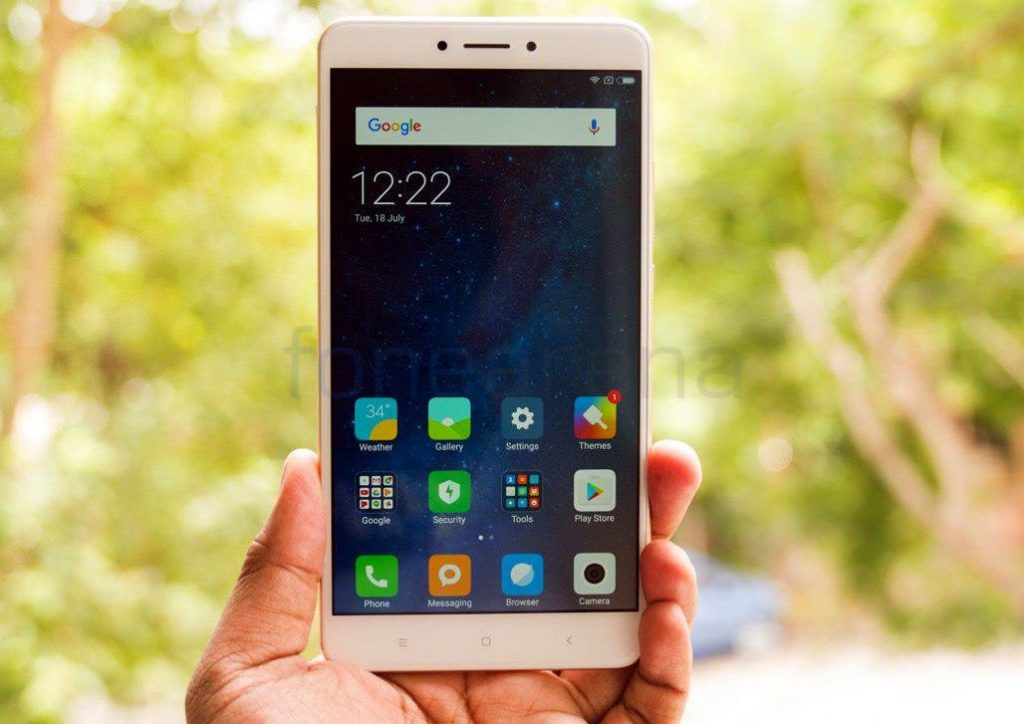
The Indian smartphone market contracted for the first time in its history, as shipments to the country fell 4% year on year to just under 27 million units in Q2 2017, according to the latest report from Canalys.
Samsung continued to lead the market with a 25% share, followed by Xiaomi, which more than quadrupled its shipments to 4.8 million units this quarter. Vivo took third place by shipping 3.4 million units, owing to its rising popularity among tier-two and tier-three cities. OPPO displaced Lenovo to take fourth place, while Lenovo finished fifth with 1.9 million smartphones.
Canalys Research Analyst Ishan Dutt said,
With China suffering its own decline this quarter, India is a market of huge strategic importance to Chinese smartphone vendors. Samsung is under immense pressure in the mid-tier from the Chinese players. For now, its low-end J Series is helping it sustain its lead and maintain share. But it needs to use its brand to make its mid-tier devices more desirable. The recently launched S8 and S8+ have helped it win back some of its premium share. It now needs to generate a halo effect around these products in the mid-tier to counteract the threat from China.
Collectively, Xiaomi, OPPO, Vivo, Gionee and Lenovo control over 50% of India’s smartphone market. The Goods and Services Tax (GST), applicable in India from 1 July 2017 across all products and services, has adversely affected the market this quarter.

Canalys Analyst Rushabh Doshi said,
There is general confusion in the entire market over GST and a lack of awareness about the changes that are needed. Apprehension among distributors and retailers regarding the impact on prices has caused the market to adopt a wait-and-see policy. The market will emerge stronger post-GST. Vendors can look forward to leaner distribution, faster delivery and increased demand from local retailers and distributors.
